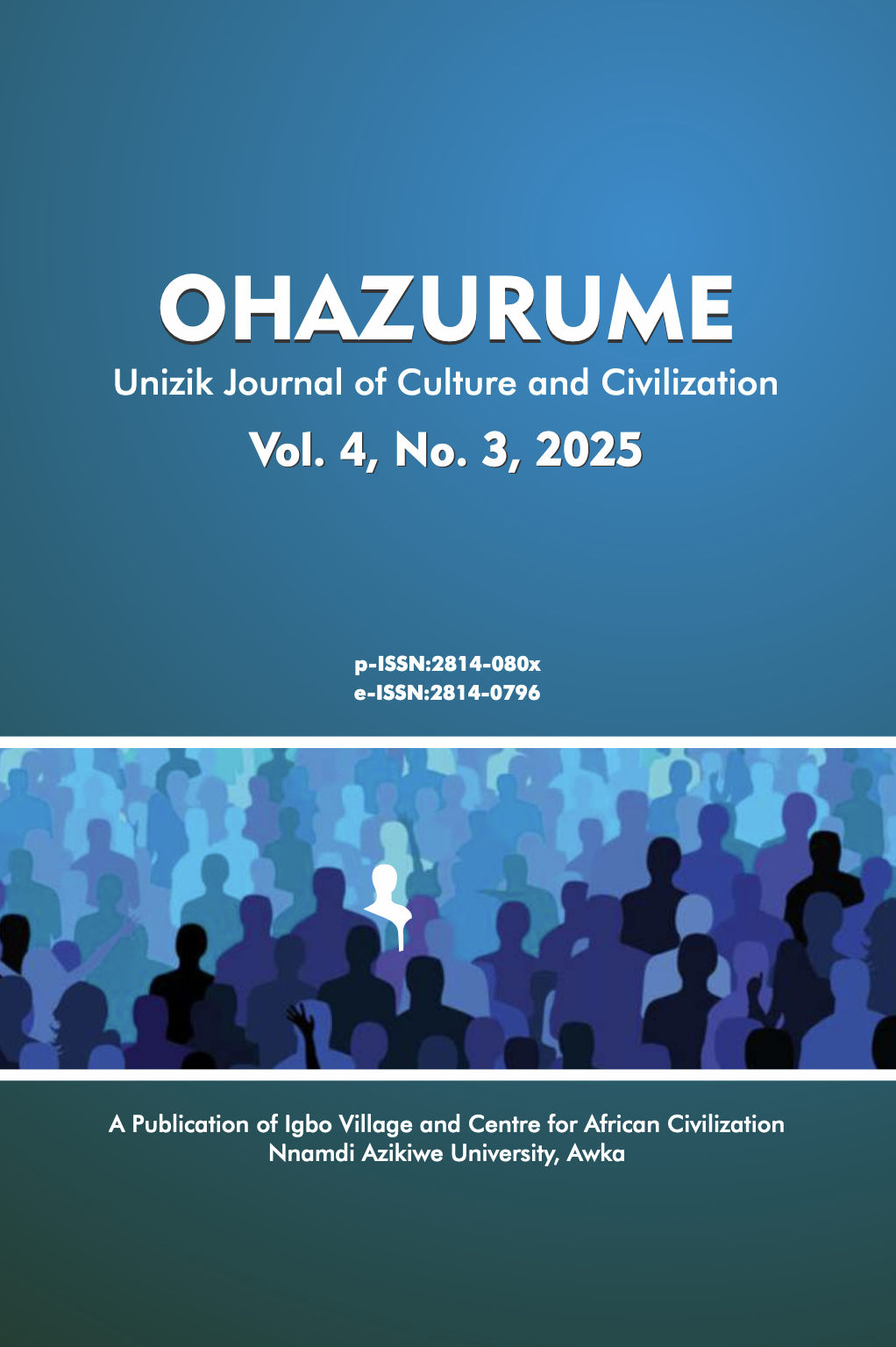Reimagining Nigeria’s Infrastructure of Peace: A Critical Analysis and Contextual Framework for Sustainable Peacebuilding in Anambra State
摘要
Nigeria’s recurring security crises—ranging from communal violence and political unrest to secessionist agitations—highlight the absence of a coherent and institutionalized infrastructure for peace (I4P). This study critically assesses the state of Nigeria’s existing peace architecture, identifying key weaknesses such as fragmentation, elite dominance, lack of legal mandate, and poor integration of traditional and grassroots peace mechanisms. Using Anambra State as a case study, the paper explores localized conflict dynamics, including youth violence, cultism, political thuggery, IPOB-related insecurity, and land disputes. It argues that while various actors—traditional rulers, civil society organizations, religious leaders, and vigilante groups—are involved in informal peace building, the absence of a structured, coordinated, and legally backed infrastructure hinders sustainable conflict prevention. guided by conflict transformation theory, systems thinking, and multi-track diplomacy, the paper draws on comparative insights from countries such as Ghana and Kenya to develop a context-specific I4P model for Anambra State. The proposed framework includes the establishment of a State Peace Council, Local Government Peace Committees, a Conflict Early Warning and Rapid Response Unit, and Youth and Women Peace Hubs. It emphasizes the need for legal foundations, integration with national and global development goals (e.g., SDG 16), and the use of ICT, media, and education to foster a culture of peace. A five-phase implementation roadmap is presented, covering legal adoption, institutional setup, capacity building, community engagement, and monitoring and evaluation. The paper concludes by offering comprehensive policy recommendations for the Anambra State government, Nigeria’s federal authorities, civil society, and development partners. It calls for a deliberate shift from ad hoc interventions to institutional peace governance that is inclusive, participatory, and adaptive. The Anambra model, if implemented, could serve as a scalable blueprint for peace infrastructure across Nigeria’s federating states.


